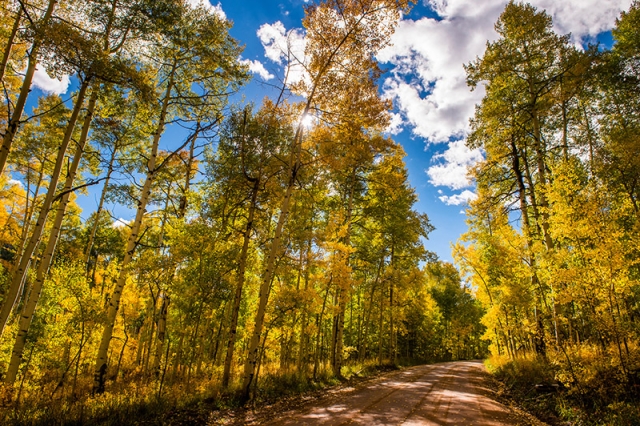Aspens: Resilience and Community
No other tree epitomizes Colorado more than the quaking aspen (Populus tremuloides). As we drive into the Rocky Mountains, these slender trees are hard to miss with their heart-shaped leaves shimmering in the breeze. In the autumn, they put on a spectacular show of yellow and orange, making it a ritual for many people to go “leaf peeping” in the mountains.
Belonging to the willow family, Salicaceae, the aspen is the most widespread tree species in North America. Its range extends coast to coast, from within the Arctic Circle to the north rim of the Valley of Mexico. The clusters of aspen trees we see along the edge of coniferous forests are in fact clones constituting one large tree called a superorganism. Every tree in an aspen grove springs up from an extensive underground root system, typically triggered after a fire or other disturbances.
As we look back on 2020, and our experience with a global pandemic and associated impacts on our society, we can learn much from the resiliency of the aspen. To us, when we look at an aspen tree, we see each one as an individual. But each tree is part of a community. Just as aspens rely on their roots for resiliency, sharing resources with one another, we as humans also rely on our connections with others.

Add new comment